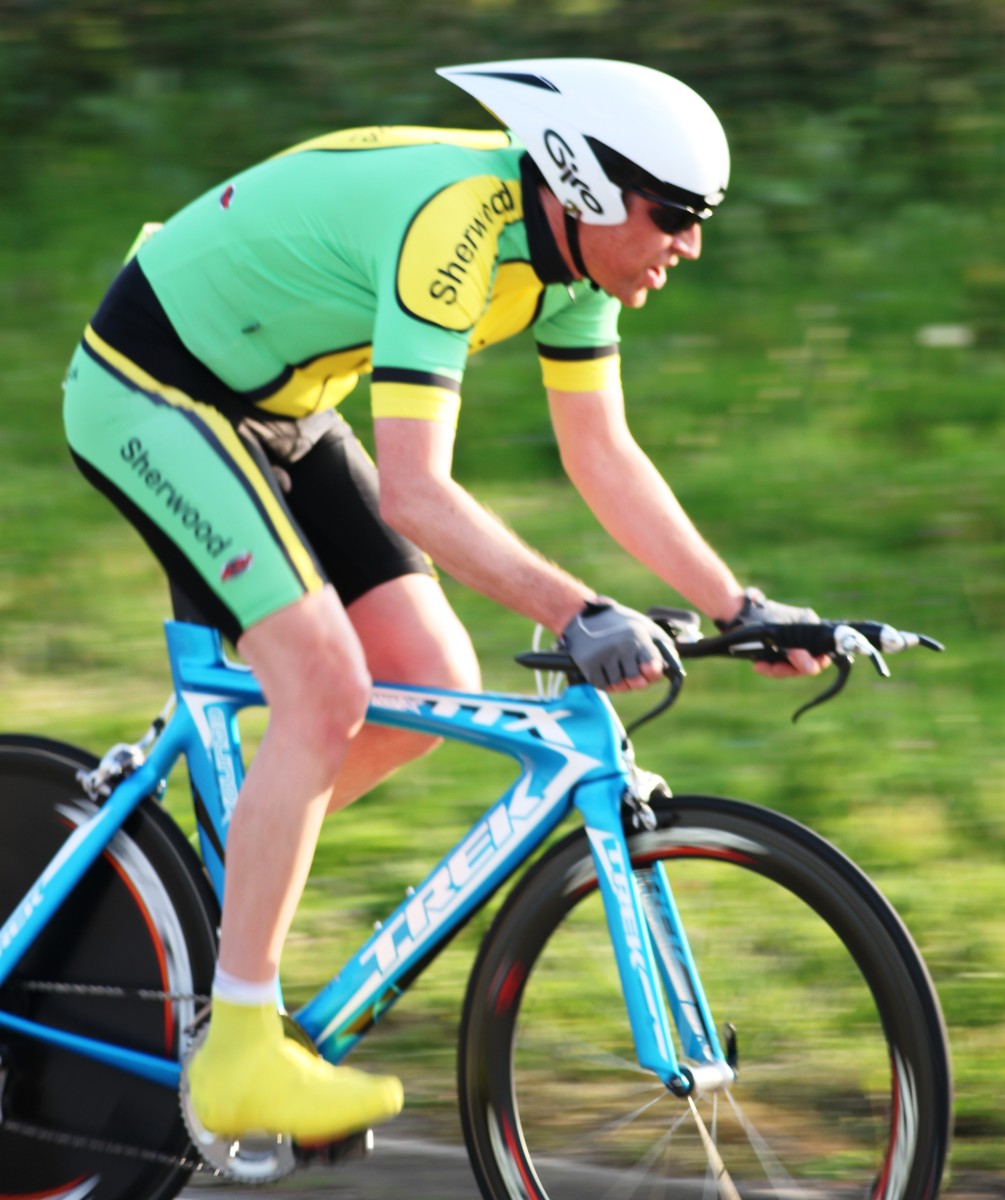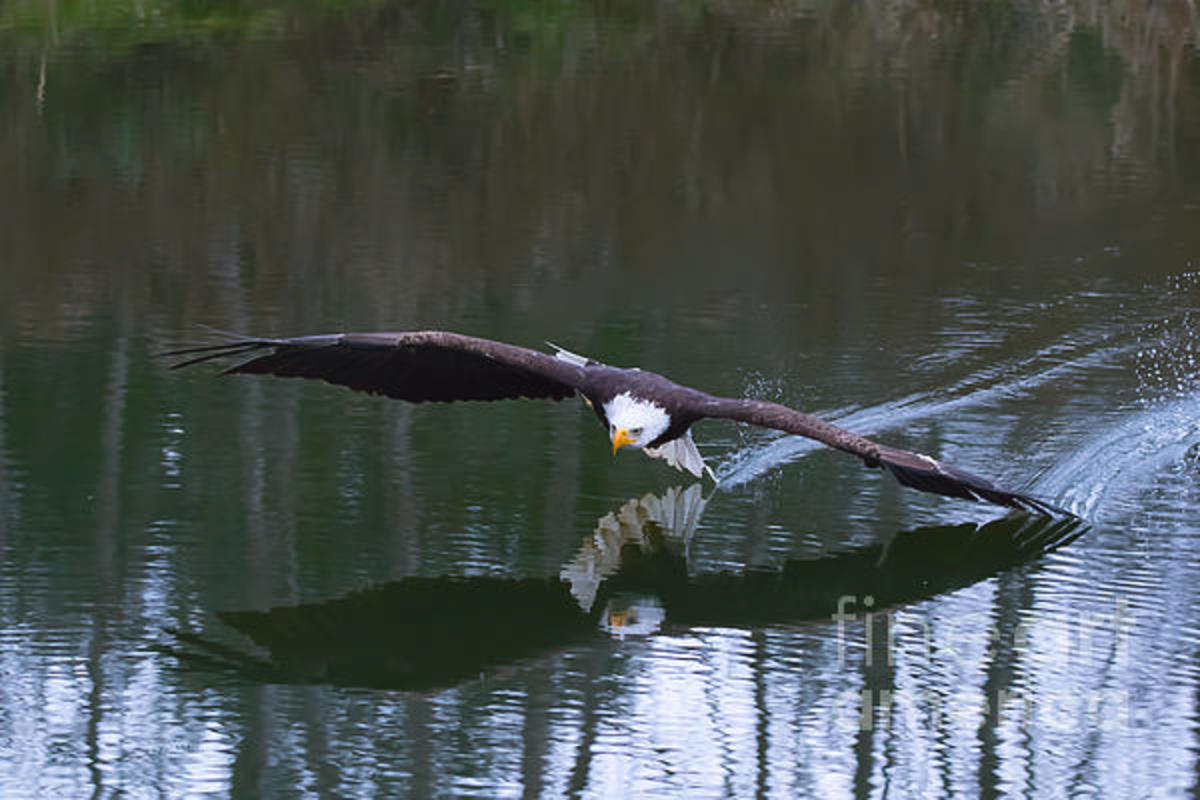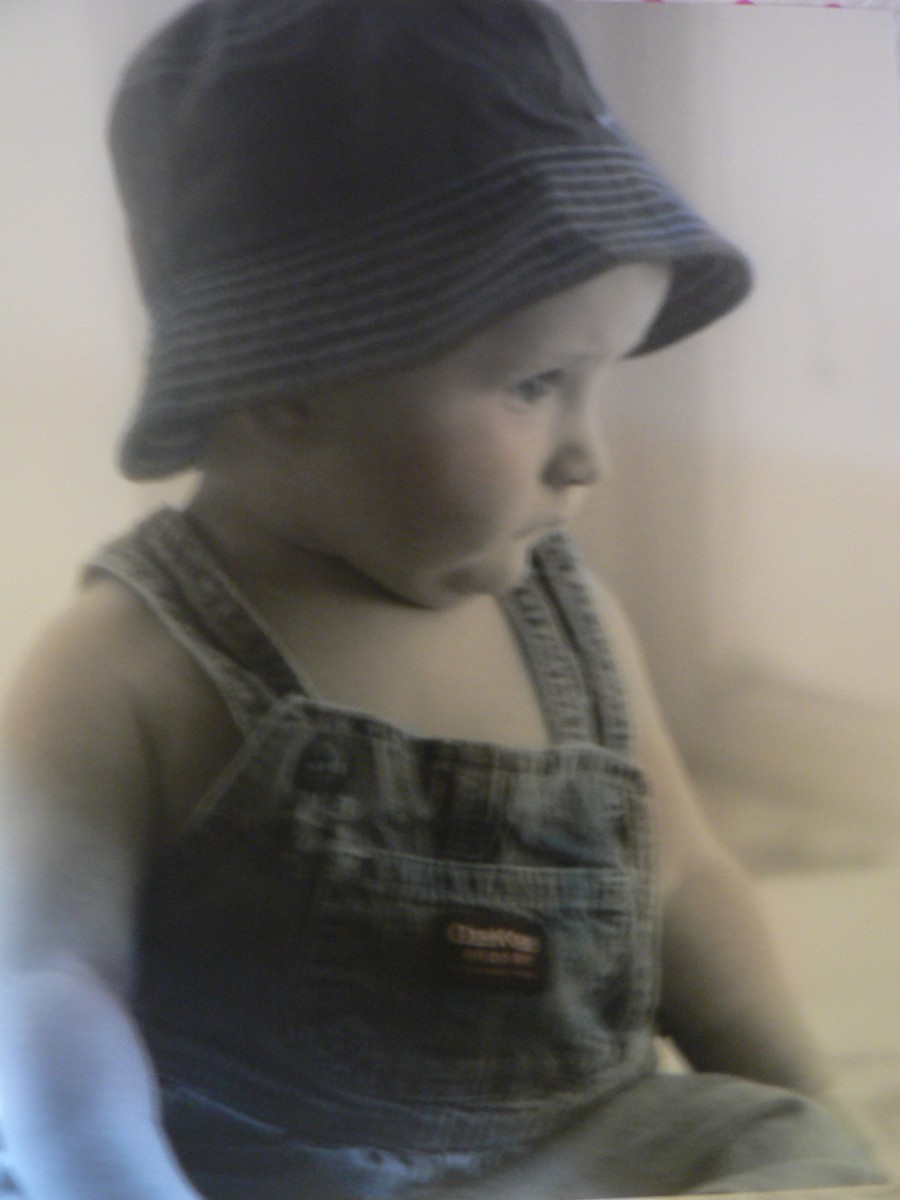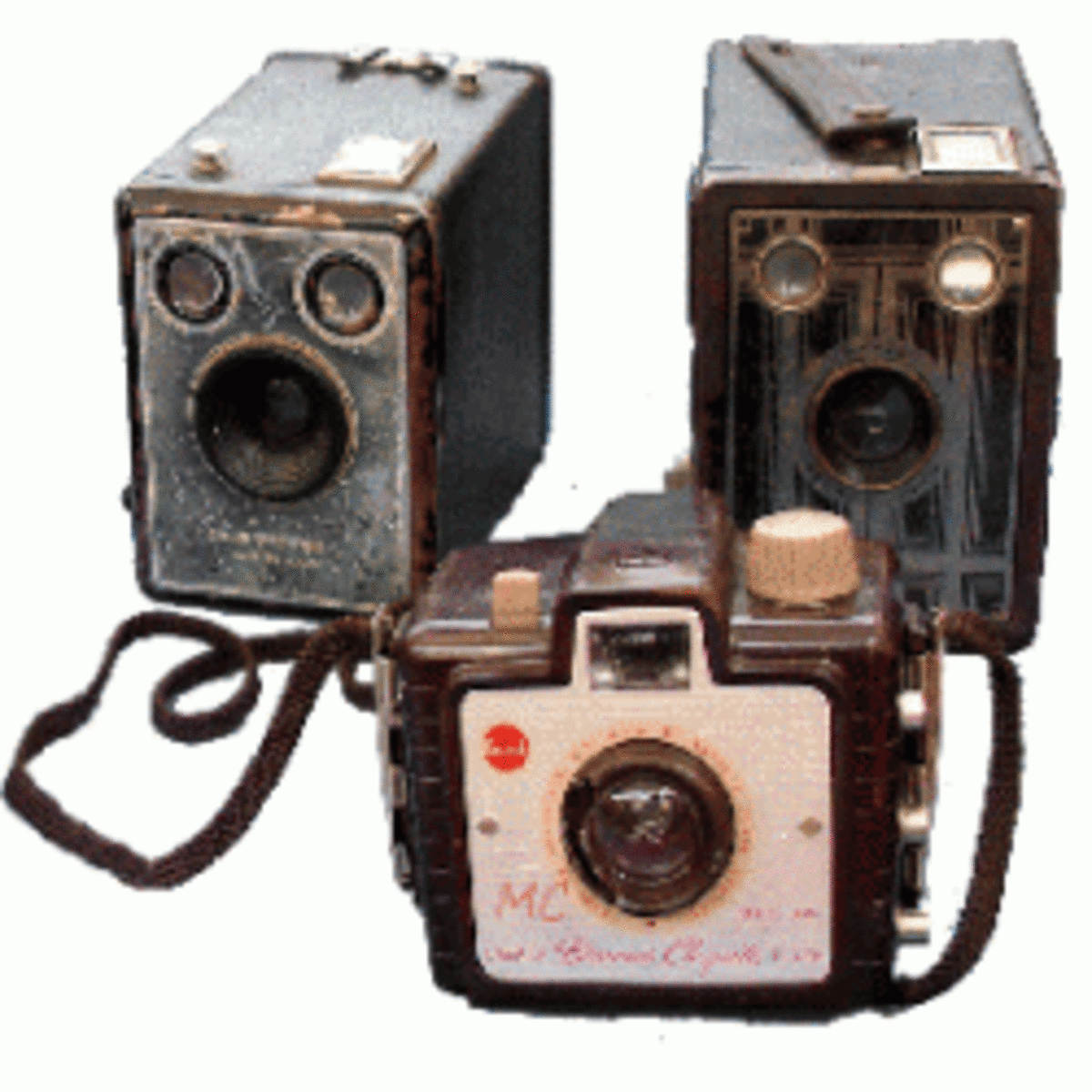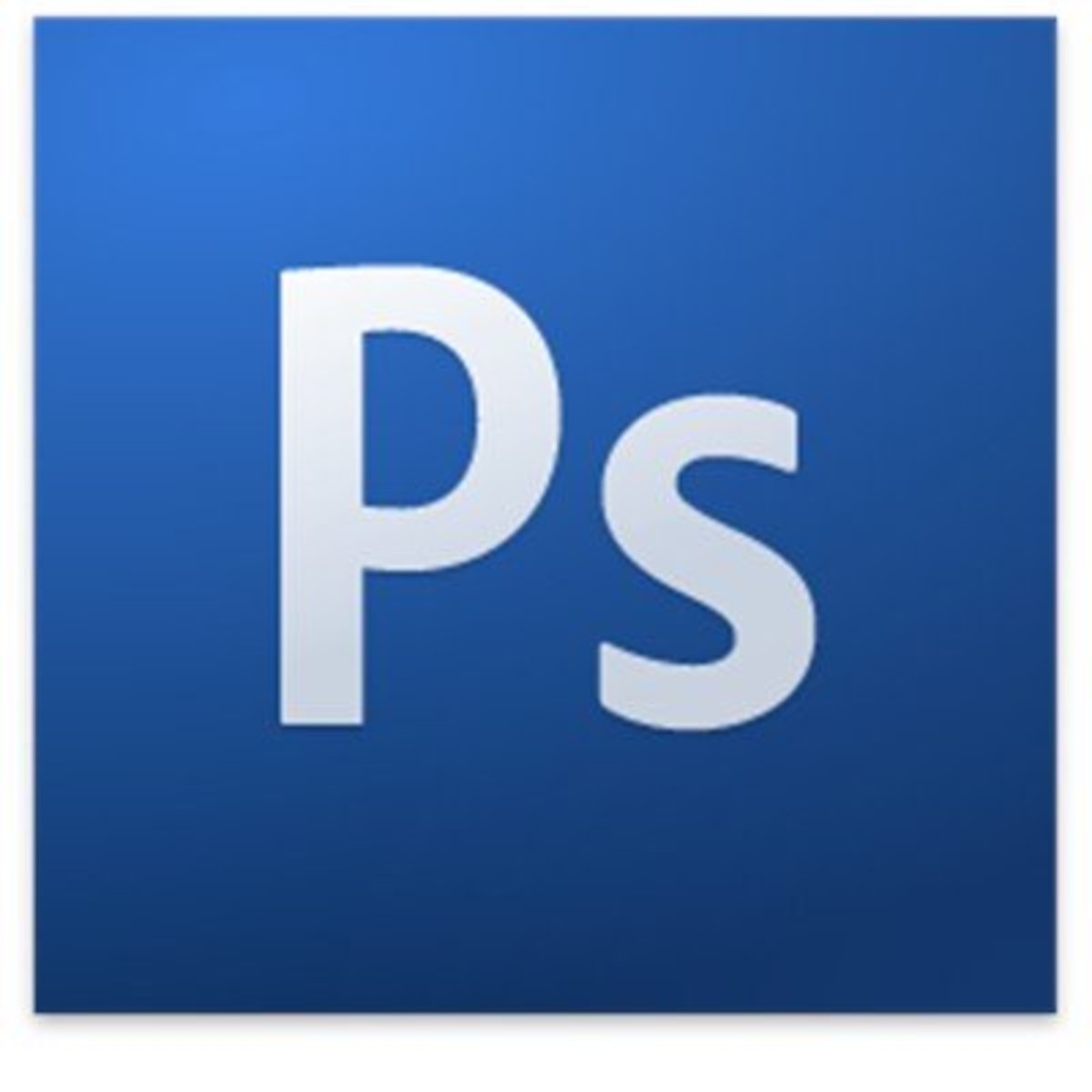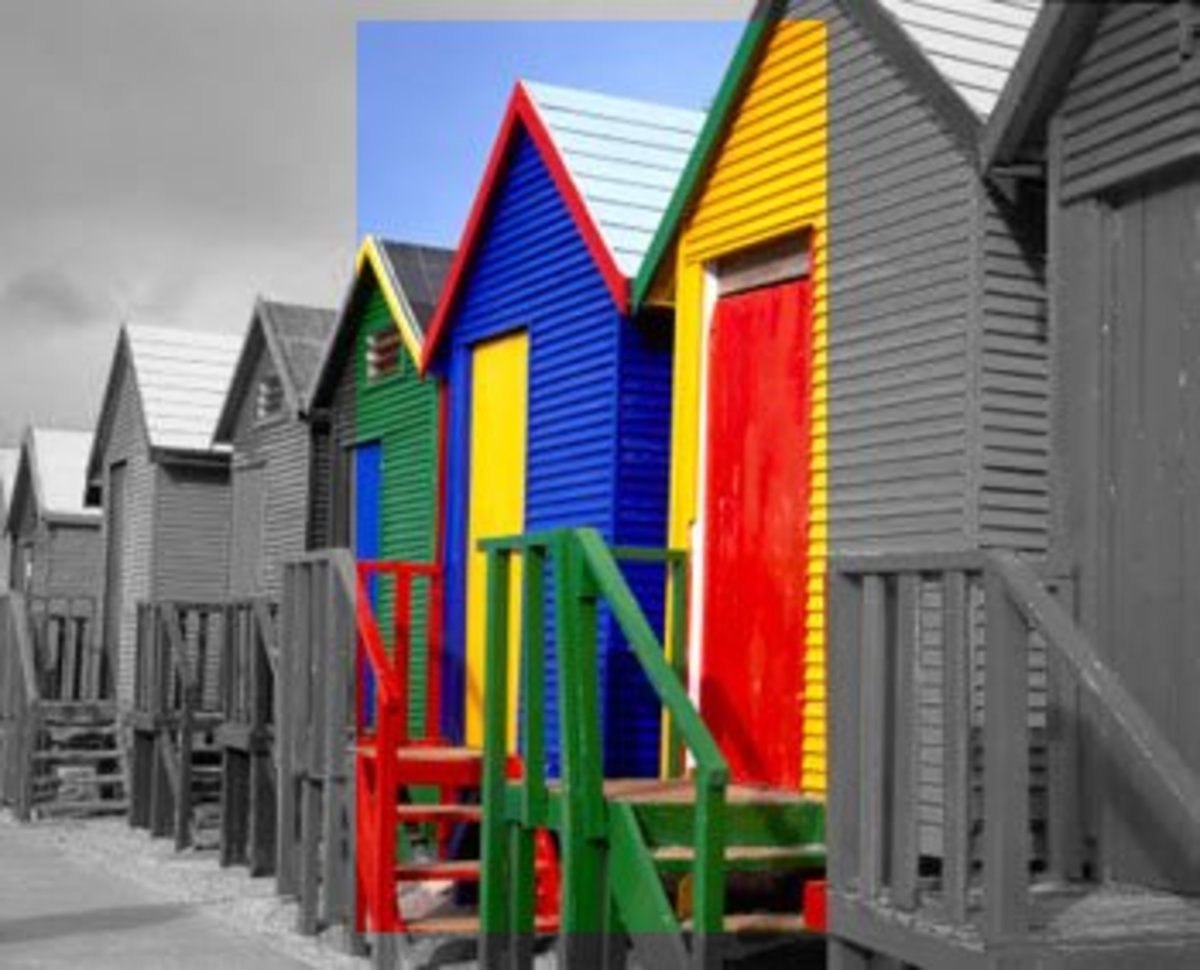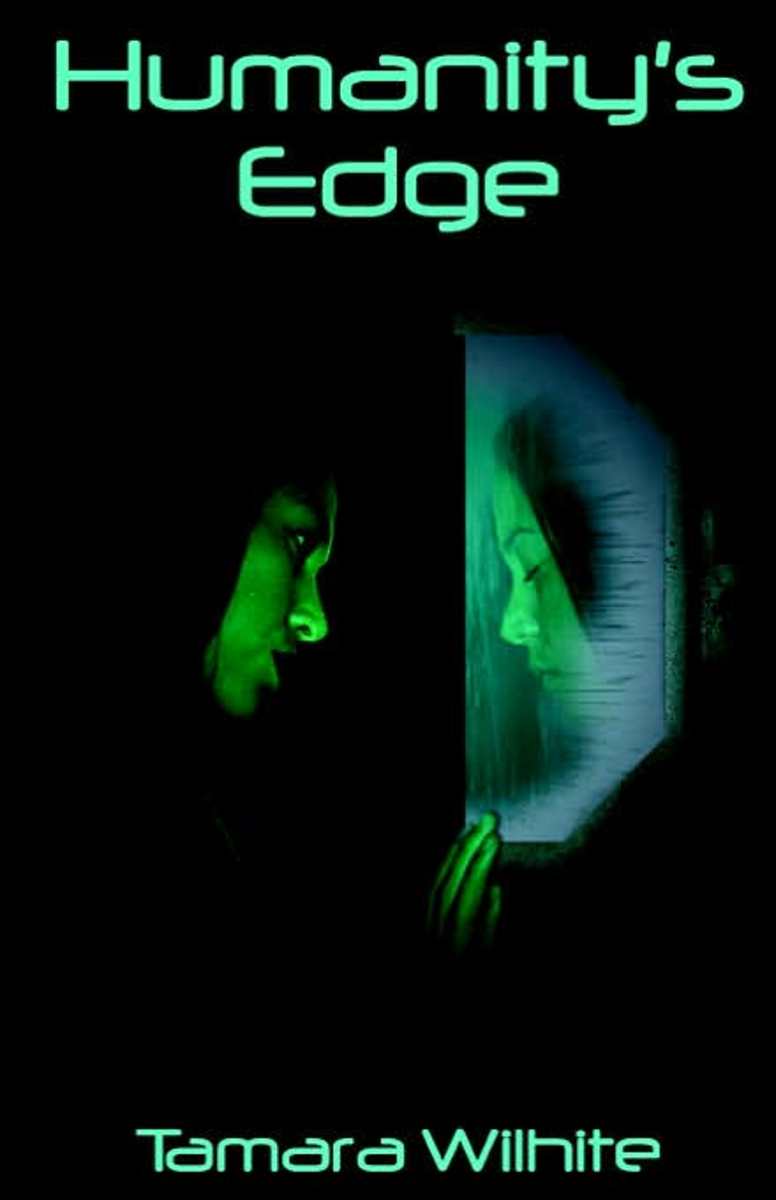- HubPages»
- Arts and Design»
- Graphic Art & Design»
- Design Software
Photography with Tin Foil
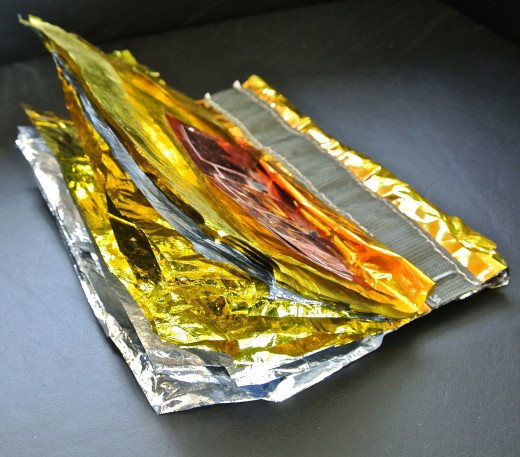
What can you do with some foil, water, glasses, and food coloring? A photographic project off course. This project is quite simple to accomplish, can be really fun and is especially a great photo practice when the weather is not cooperating and you cannot do anything outside.
Choose several clear crystal glasses, fill them with water, add some drops of food coloring to each. You can do one color or several but separate the colors by glass, don't mix colors into one glass.
Try to conduct the project in a well lit room. Even better if you can place the set up near a window. Also try to set a dark to black backdrop right behind the glasses or a white or neutral background, either will work well.
A good technique is to place the glasses with the water on top of a piece of Plexiglas. Then illuminate the glasses from below with a steady light source. Next use a piece of tin foil which you have crumpled a bit or rather on which you have created some ridges.
An alternative is to use a sheet of silver Mylar which is more durable than aluminum foil and can be crumpled with no discernible damage to it. If you decide on using Mylar you may also want to consider placing some lead fishing weights on the corners to prevent it from straightening back up.
Place or lay the foil or Mylar right in front of the glasses. Your intention is to record images of the reflected colored water upon the foil. The images will resemble shapes and color that are sometimes seen on heavy cloudy days right at dusk or dawn.
However, the majority of the images will be a direct reflection of the colors which you chose to put inside the water filled glasses. Use a sturdy tripod to place your camera set up on and a remote shutter release to prevent blurs and snap the photographs as you drop the food coloring drops into the water, this will create movement which will translate better in the images, this is not absolutely necessary as still water works well too but food coloring disseminates rather quickly once introduced to water.
The photographs will resemble abstract art more than anything else but do make very beautiful images that are very pleasant to look at and represent a nice composition rich with color and undulations which are created by the wrinkles in the foil or better yet the Mylar sheet.
Do close ups as these will show off the reflections and color much better than longer or even medium formats. The swirls and creases in the foil will create shapes and mixes of color which will show off well when printed on non glossy photographic paper. You can also print the photographs on textured paper or any textured surface which are now commonly available from any of the major photography processing vendors.
Of special interest are the several digital programs which have various printing formats. Follow this link for a sample digital program which is relatively inexpensive and well worth it acquisition and works quite well in producing textured photographic prints.
This theme is rather good at producing samples which are easily sold as art prints and can also be shown at fine art galleries or sold to offices, restaurants and individuals looking for art prints to decorate their work space or homes.
The project is simple but your images must still be clear and technically sound for it to work properly. Without regard to the topic, if the images are not technically sound or pleasant they will not be appropriate for submission to photography stock houses or sold as prints.
Since the principle ingredients are not really expensive you can afford to take plenty of shots and practice until you are completely satisfied with the results.
Mylar works better but you should be very careful not to allow any dust to get on it and you should also wear cotton white gloves as fingerprints will very easily transfer onto it.
Remember not to crease the foil or Mylar too much and your technique will be to shoot down at the foil or at the sheet of Mylar since the theme revolves around capturing the reflections of the color created by the food coloring upon the water.


